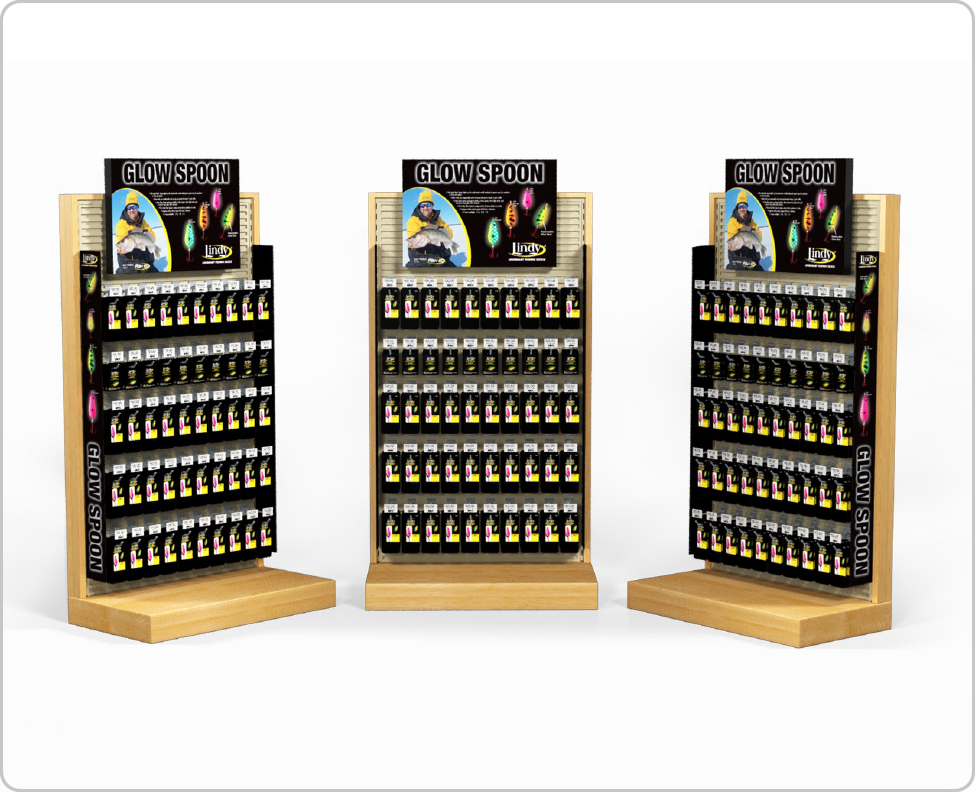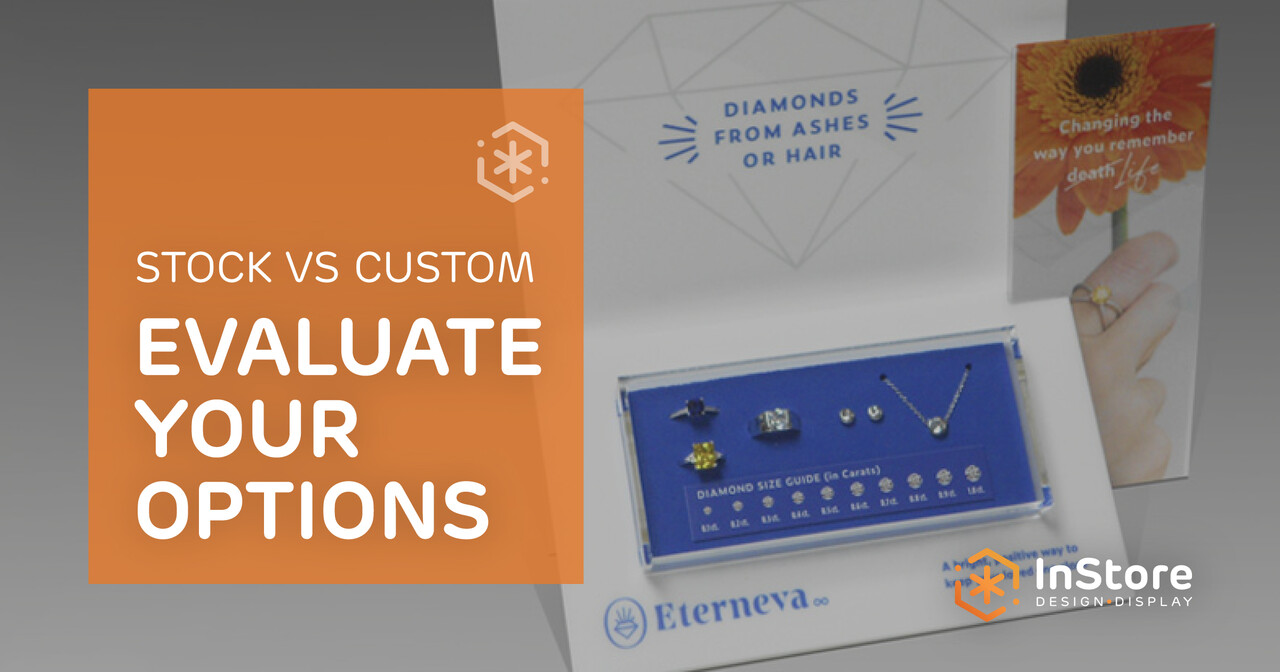
The 3 Fundamental Types of Point-of-Purchase Displays
In the world of brick and mortar retail, it goes without saying its easier to sell product when its displayed in an attention-grabbing way. Storewide, there are numerous ways to display merchandise.
From permanent fixtures to temporary point-of-purchase displays, once you find the best way to merchandise your product to catch the attention of your prospect, you're well on your way to boosting retail sales and ultimately, achieving sustained growth.
Temporary Point-of-Purchase Displays
Temporary point-of-purchase displays are typically meant to last no longer than 2-3 months and are often constructed from inexpensive material such as corrugated cardboard. Many brands prefer a temporary display if they're testing market solutions, promoting a new or seasonal product, or looking to increase impulse purchases.
Temporary displays don't always have to be corrugated stand-alone displays. Many times, you will see permanent fixtures, such as a gondola end caps and shelves, with temporary point-of-purchase elements. Another example of a temporary point-of-purchase display could be a small countertop display box to promote small merchandise such as candy or travel sized items. Elements such as corrugate, foam core, styrene, and Coroplast are frequently used— some more durable and versatile than others.
Here at InStore Design Display, we like to frequently combine materials within our displays blending the best of each material's attribute and cost effectiveness. Coupling our in-house design capabilities with our 80,000 sq ft warehousing and fulfillment facilities, we are a one-stop shop for brands that want to stand out in-store. 
Semi-Permanent Point-of-Purchase Displays
When brands are looking for an in-store display that will last anywhere from three months to a year, semi-permanent point-of-purchase displays are usually the most sensible option and that's where InStore Design Display excels.
Semi-permanent displays can be found in most of the same places temporary point-of-purchase displays live. Semi-permanent displays are typically constructed from a variety of materials including, acrylic, co-polyester, durable cardboards, wood, and metal.
Sometimes, these displays are designed to hold several different products from the same manufacturer, which reduces replacement costs. Since semi-permanent point-of-purchase displays tend to have a higher-quality look and feel with more design potential, they often are used for displaying higher ticketed items.
Most often, semi-permanent point-of-purchase displays are customized versions of standardized (off-the-shelf) displays or fixtures. Many retail display firms redesign previously successful displays to fit the needs of a particular client. This could include metal or wood fixtures with custom graphics and acrylic add-ons.

Permanent Point-of-Purchase Displays
Permanent point-of-purchase displays are designed to last anywhere from one to three years, sometimes longer. Constructed from pricier material, these displays are more of an investment—a more permanent solution.
Permanent displays are built from very durable materials such as glass, acrylic, metal, and wood. Many times, these permanent displays are meant to appear as if its a separate store or as a kiosk within a larger store. Pop-up shops are becoming more and more prevalent in larger "big-box" retailers over the last few years.
Typically, permanent point-of-purchase displays are a better fit for larger, more established brands. They have the highest upfront and maintenance costs, and hence the highest risk. But if planned, designed, constructed, and implemented well, they can bring excellent returns on the initial investment.
In Summary
The possibilities are virtually endless when it comes to point-of-purchase displays. When considering your strategy, there are many factors to consider when choosing the type of retail display for your products. Displays aren't just a place to display your products—it's where they get sold.
Ready to kick around some ideas with our team? Request a consult, and we'll get started.
Subscribe Here
Stay up-to-date on what's happening on our podcast and blog.




